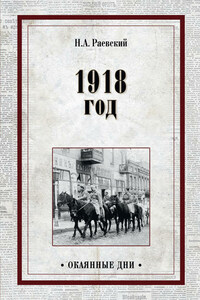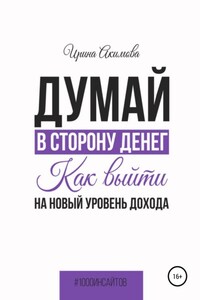COPYRIGHT
Harper Non-Fiction
A division of HarperCollinsPublishers Ltd.
1 London Bridge Street
London SE1 9GF
www.harpercollins.co.uk
First published in Great Britain by HarperCollinsPublishers 1998
Copyright © Garry Jenkins and Stephen d’Antal 1998
Garry Jenkins and Stephen d’Antal assert the moral right to be identified as the authors of this work
All rights reserved under International and Pan-American Copyright Conventions. By payment of the required fees, you have been granted the nonexclusive, non-transferable right to access and read the text of this e-book on screen. No part of this text may be reproduced, transmitted, downloaded, decompiled, reverse engineered, or stored in or introduced into any information storage retrieval system, in any form or by any means, whether electronic or mechanical, now known or hereinafter invented, without the express written permission of HarperCollins e-books.
HarperCollinsPublishers has made every reasonable effort to ensure that any picture content and written content in this ebook has been included or removed in accordance with the contractual and technological constraints in operation at the time of publication
Source ISBN 9780006530619
Ebook Edition © SEPTEMBER 2016 ISBN: 9780008219345
Version: 2016-09-08
PROLOGUE
Shortly before noon on Wednesday, 29 July 1981, the anxiety that had been etched on the features of Charles, Prince of Wales for most of an eventful morning finally gave way to a faraway smile.
The heir to the throne of the United Kingdom was in the midst of the most solemn moment of his thirty-two-year-old life. Dressed in the full uniform of a Commander of Her Majesty’s Royal Navy he was positioned behind a large desk in the Dean’s Aisle in London’s St Paul’s Cathedral. He had, in the presence of his mother, Queen Elizabeth II, just signed the wedding certificate confirming the vows he had taken moments earlier in the main hall of Sir Christopher Wren’s imperious basilica. Sitting next to him, cocooned in a sea of ivory silk, was his new wife, the twenty-year-old Lady Diana Spencer, now the Princess of Wales.
For both Charles and Diana, the intimacy and privacy of the moment had helped lift the tensions of the previous few hours. The atmosphere inside the chapel, where they were congratulated by their families and the man who had just officiated over the wedding, the Archbishop of Canterbury, Dr Robert Runcie, was one of joyous relief.
For all the happiness Charles was sharing with his radiant bride at that moment, however, it was another woman who was responsible for his most spontaneous smile. Some fifty metres away, back in the north transept and out of his view, her familiar voice had begun delivering the opening stanzas of one of his favourite arias, ‘Let the Bright Seraphim’ from Handel’s Samson. Suddenly, Charles admitted later, he found himself strangely disconnected from the tumultuous events unfolding around him. Instead, he said, his head was filled with nothing but the blissful sound of ‘this marvellous, disembodied voice’.
If the divine soprano of Kiri Te Kanawa was instantly recognisable to the man at the centre of the most eagerly awaited Royal Wedding in living memory, it was less so to the vast majority of the 700 million or so people watching the spectacle on television around the world. At first the unannounced sight of her striking, statuesque form, dressed in a rainbow-hued outfit, a tiny, pillbox hat fixed loosely on her lustrous, russet red hair, had been something of a puzzle. Yet the moment her gorgeous operatic phrases began climbing towards the domed ceiling of St Paul’s her right to a place in the proceedings was unmistakable.
Charles had wanted the occasion to be a festival as well as a fairytale wedding, in his own words, ‘as much a musical event as an emotional one’. His bride had entered St Paul’s to a rousing version of Purcell’s Trumpet Voluntary. Sir David Willcocks, Director of the Royal College of Music, had conducted an inspired version of the National Anthem. A glorious version of Elgar’s Pomp and Circumstance March no. 4 had been prepared to lead the newlyweds down the aisle. Yet it was the occasion’s lone soloist who was providing its unquestioned highlight.
Since she emerged, a decade earlier, as a musical star of the greatest magnitude with her performance as the Countess in Mozart’s The Marriage of Figaro at Covent Garden’s Royal Opera House, Kiri Te Kanawa had grown accustomed to glamorous occasions on the world’s great stages, from the New York Met to La Scala. The faces she saw assembled before her today, however, made up the most glittering audience she or indeed any other singer had ever encountered. Seated on row after row of gilted, Queen Anne chairs were not just the vast majority of the British Royal Family but Presidents Reagan of America and Mitterrand of France, Prince Rainier and Princess Grace of Monaco, the monarchs of Belgium, the Netherlands and Denmark, ex-King Constantine of Greece and the giant figure of the King of Tonga. Behind them sat crowned heads, presidents and prime ministers representing almost every nation on earth.








